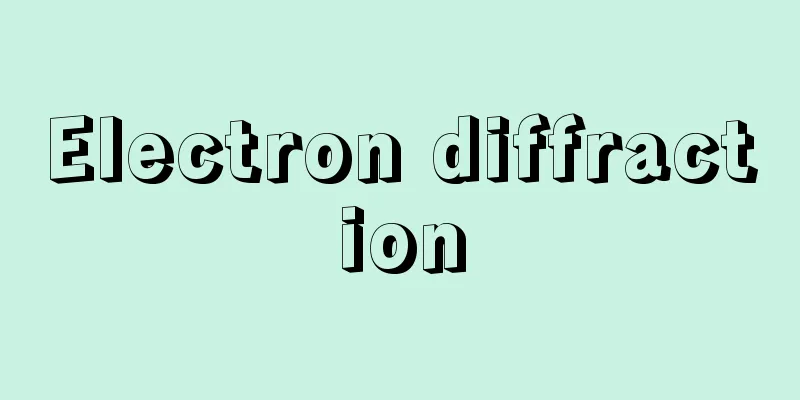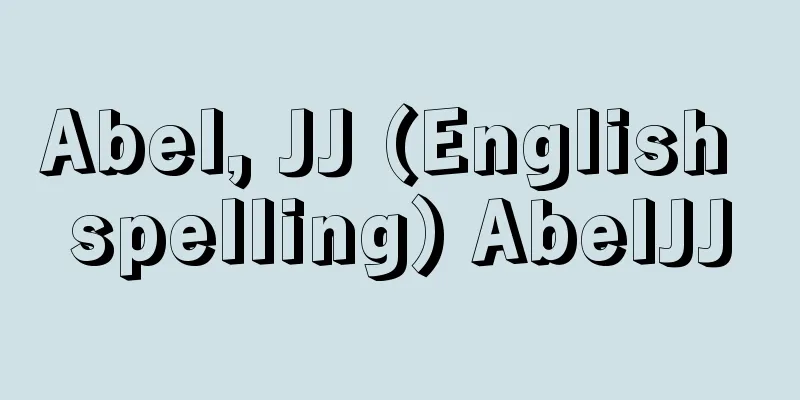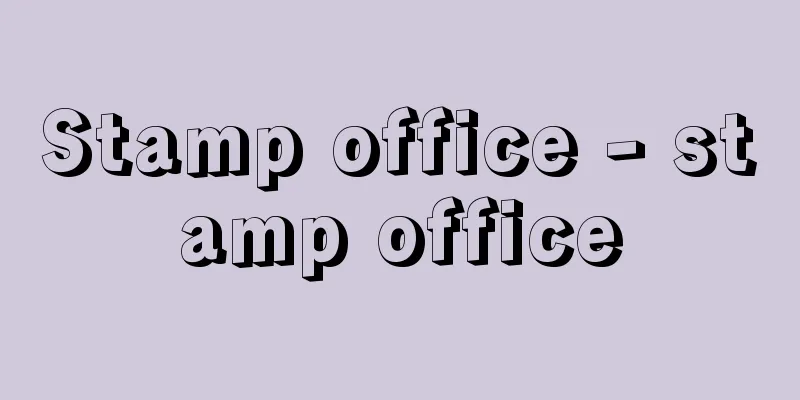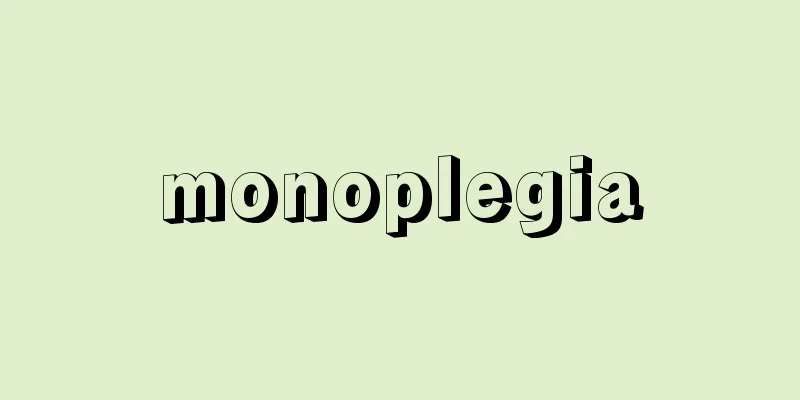Electronic Money - denshimanee (English)
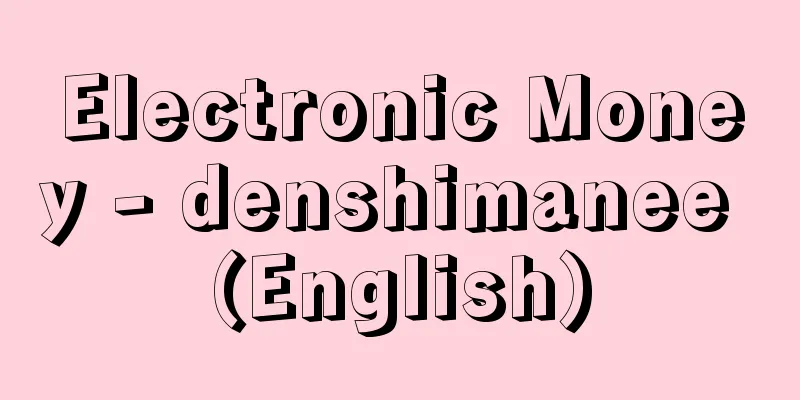
|
It is not a physical "currency" like traditional coins and paper money, but a privately made currency (substitute currency) that operators provide electronically using networks, IC cards, etc. to provide the equivalent of currency. In the broad sense, bank transfers and credit cards can also be considered electronic money in the sense that they allow for electronic exchange (payment and receipt), but in the narrow sense, it generally refers to prepaid payment systems (however, postpaid systems that are an extension of credit card functions, such as NTT Docomo's iD, Visa's VISA TOUCH, and JCB's QUICPay, are also sometimes called electronic money). Specific examples of electronic money include those provided by transportation companies using contactless IC cards such as Suica, ICOCA, and PASMO, those provided by retailers such as nanaco and WAON, and independent systems such as Edy. Additionally, there are also WebMoney and BitCash, which are used for payments over the Internet by purchasing a prepaid card at a store and entering the card number. Furthermore, electronic money using contactless IC cards is becoming integrated into mobile phones. These are collectively called "Osaifu-Keitai." If your mobile phone has these functions, you can easily charge money in advance with the mobile phone (IC card types require charging at special machines at stations, stores, etc.). The number of users is increasing rapidly, especially as transportation companies have begun to accept electronic money mutually and it can now be used at convenience stores, making it highly convenient for making small payments. [Yoshihiro Nakajima] "Electronic Money, Electronic Commerce and Monetary Policy" edited by the Institute for Monetary and Economic Studies, Bank of Japan (2002, University of Tokyo Press)" ▽ "Illustrated Handbook of the Electronic Money Industry" by Akio Iwata (2008, Toyo Keizai Inc.) ▽ "Understanding Electronic Money" by Hitoshi Okada (Nikkei Bunko)" [Reference] | | | |Source: Shogakukan Encyclopedia Nipponica About Encyclopedia Nipponica Information | Legend |
|
従来からある硬貨や紙幣という物理的な「通貨」ではなく、ネットワークやICカードなどを使って電子的に通貨に相当する機能を事業者が提供する私製貨幣(代用貨幣)である。 電子的に通貨のやりとり(支払いと受取り)ができるという意味では銀行での振込みやクレジットカードも広義では電子マネーと考えることもできるが、狭義ではプリペイド型の支払いシステムをさすことが一般的である(ただし、NTTドコモのiD(アイディ)、Visa(ビザ)のVISA TOUCH(ビザタッチ)、JCBのQUICPay(クイックペイ)のようなクレジットカード機能の拡張としてのポストペイドシステムも電子マネーとよばれることがある)。 電子マネーの具体的な例としては非接触型ICカードを使うSuica(スイカ)、ICOCA(イコカ)、PASMO(パスモ)などの交通事業者系のもの、nanaco(ナナコ)、WAON(ワオン)などの流通事業者系のもの、Edy(エディ)などの独立系のものに分かれる。また、プリペイドカードを店頭などで購入し、そのカード番号を入力する方式によるインターネットでの決済を目的としたものとして、WebMoney(ウェブマネー)、BitCash(ビットキャッシュ)などがある。 さらに、非接触型ICカードを使う電子マネーは携帯電話機にその機能が包含されるようになってきている。これを総称して「おサイフケータイ」とよぶ。携帯電話機にこれらの機能がついていると、事前にマネーをチャージすることが携帯電話機で簡単にできる(ICカードタイプでは駅、店頭などの専用機でチャージしなければならない)。 とくに交通系事業者での電子マネーの相互利用が始まったこと、コンビニエンスストアでの利用が可能になったことなどから、急速に利用者が増加しており、少額の支払いに対して利便性が高い。 [中島由弘] 『館龍一郎監修、日本銀行金融研究所編『電子マネー・電子商取引と金融政策』(2002・東京大学出版会)』▽『岩田昭男著『図解 電子マネー業界ハンドブック』(2008・東洋経済新報社)』▽『岡田仁志著『電子マネーがわかる』(日経文庫)』 [参照項目] | | | |出典 小学館 日本大百科全書(ニッポニカ)日本大百科全書(ニッポニカ)について 情報 | 凡例 |
Recommend
Kiyomizu Rokubei
Traditional Kyoto potters. Eight generations of t...
Goodyera macrantha (English spelling) Goodyera macrantha
… [Ken Inoue]. … *Some of the terminology that me...
Rock surface creation - Ganmenzosei
...(3) Rocky coastal cleaning: In some cases, the...
Large-leaved lily - Large-leaved lily
...A perennial plant of the lily family that grow...
Shoin - Shoin
〘 noun 〙 (meaning a place where books are collecte...
Blaise Cendrars
Swiss-born French poet and novelist. His real nam...
Sodium Hydride - Sodium Swiss
Chemical formula: NaH. Gray crystalline powder. Cu...
Ouachita Mountains
The climate is humid and warm, similar to that of...
Utalán (English spelling)
An archaeological site located in the western subu...
Kitab al-Mansuri (English spelling)
…Razi (Latin name Razes) was born in Rey, Iran, a...
Xihua - Edge
A god who appears in ancient Chinese mythology. T...
Arabian Wolf - Arabian Wolf
… In general, animals from cooler regions are lar...
Mount Io - Mount Io
...The northern to southwestern part of the mount...
Truffle - toryufu (English spelling) truffe French
A general term for truffles in cooking. They are ...
Fujiwara Nobutaka - Fujiwara no Nobutaka
?-1001 A government official in the mid-Heian per...
